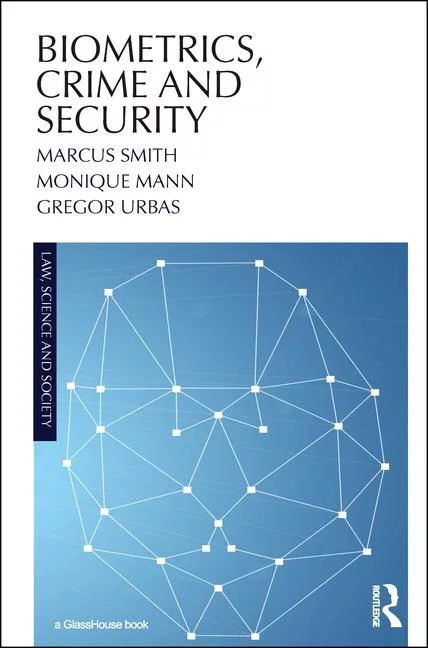UK to Foster New Cyber Security Innovators
The UK security and intelligence communications organization GCHQ has launched a cyber security accelerator as part of a program to create two “world leading” innovation centers in Britain.
Wayra UK, part of Telefónica Open Future, has been chosen to run the new cyber accelerator facility with the aim of helping UK start-ups grow and take the lead in producing the next generation of cyber security systems.
The tie-up is the first step in the development of two world-leading innovation centers as part of the UK government’s £1.9 billion ($2.1 billion) National Cyber Security Programme. It will see start-ups awarded a grant and gaining access to GCHQ’s personnel and technological expertise to allow them to expand capability, improve ideas and devise cutting-edge products to outpace current and emerging threats. The facility will also fast-track new firms into the cyber security sector which contributed £1.8 billion in exports to the UK economy last year and grew from £17.6 billion($19.7 billion) in 2014 to almost £22 billion ($24 billion) in 2015.
GCHQ has also sponsored October’s HackManchester coding competition. Attendees selecting GCHQ’s challenge had to develop an innovative online steganography tool. The tool should be able to conceal data, have the capability to publish it online so it doesn’t look out of the ordinary, and then be able to reveal the data if you know what to look out for.
Steganography is a way of placing messages or information within other messages or information, such as digital watermarks or passport biometrics.
Historically, steganography has been something intelligence agencies have used to send secret messages – from invisible ink, to microdots, to electronic data. Steganography is also used by serious criminals to disguise their communications, and GCHQ works to identify and investigate such communications. This challenge helps the agency test its ability to spot these methods when used for criminal or espionage purposes.
Looking for a reprint of this article?
From high-res PDFs to custom plaques, order your copy today!






